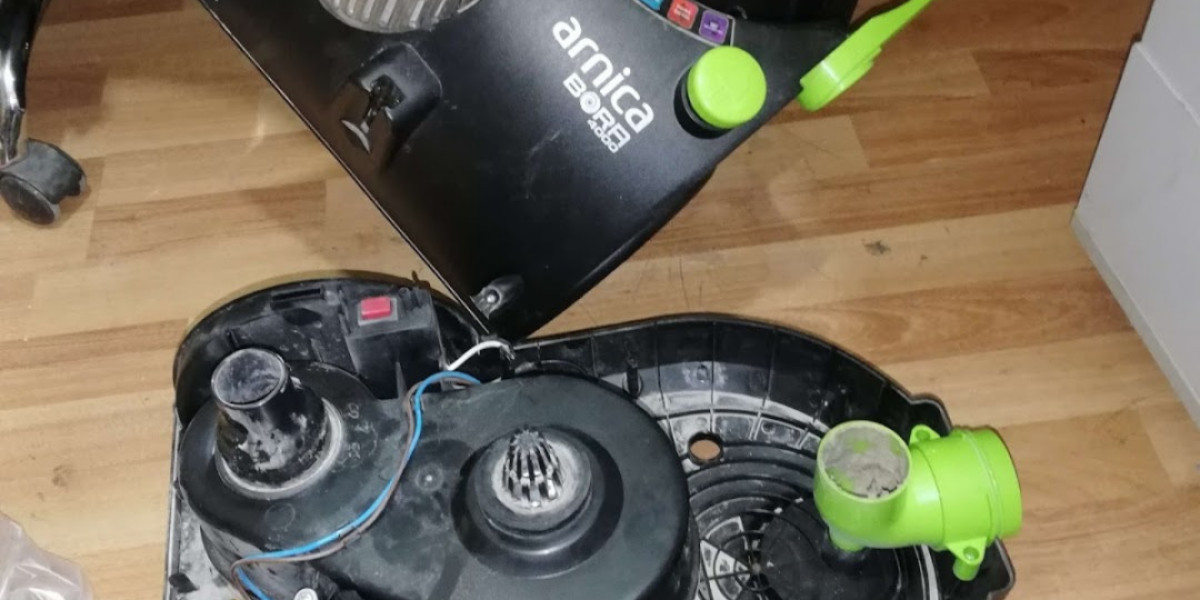Pneumatic fittings are essential components in various industries, facilitating the efficient transfer of compressed air. These fittings connect hoses, tubes, and pipes, ensuring a secure and leak-free connection. In this article, we will explore the different types of pneumatic fittings, their applications, and best practices for use.

Types of Pneumatic Fittings
There are several types of pneumatic fittings, each designed for specific applications. Understanding these types can help you choose the right fitting for your needs.
- Barbed Fittings: These fittings are designed to connect hoses and tubes. They feature a barbed end that grips the inside of the hose, providing a secure connection.
- Compression Fittings: Used primarily with rigid tubing, compression fittings create a tight seal by compressing a ring against the tube.
- Push-to-Connect Fittings: These fittings allow for quick and easy connections. Simply push the tube into the fitting, and it locks in place, making it ideal for applications requiring frequent changes.
- Threaded Fittings: These fittings use threads to create a secure connection. They are commonly used in applications where high pressure is involved.
Applications of Pneumatic Fittings
Pneumatic fittings are utilized across various sectors, including manufacturing, automotive, and construction. Their versatility makes them indispensable in many applications:
- Manufacturing: Pneumatic fittings are used in automated machinery to control air flow and pressure.
- Automotive: In the automotive industry, these fittings connect air tools and equipment, enhancing efficiency.
- Construction: Pneumatic fittings are essential for tools like nail guns and air compressors, ensuring reliable operation.
Best Practices for Using Pneumatic Fittings
To ensure optimal performance and longevity of pneumatic fittings, consider the following best practices:
- Always select the appropriate fitting type for your specific application.
- Inspect fittings regularly for wear and tear, replacing any damaged components promptly.
- Ensure that connections are tight but not over-tightened, as this can lead to damage.
- Use the correct tools for installation to avoid damaging the fittings.
Conclusion
In summary, pneumatic fittings play a crucial role in various industries by facilitating the efficient transfer of compressed air. By understanding the different types, applications, and best practices associated with pneumatic fittings, you can enhance the performance and reliability of your pneumatic systems. For a wide selection of high-quality pneumatic fittings, visit Vigor Air Ride.








